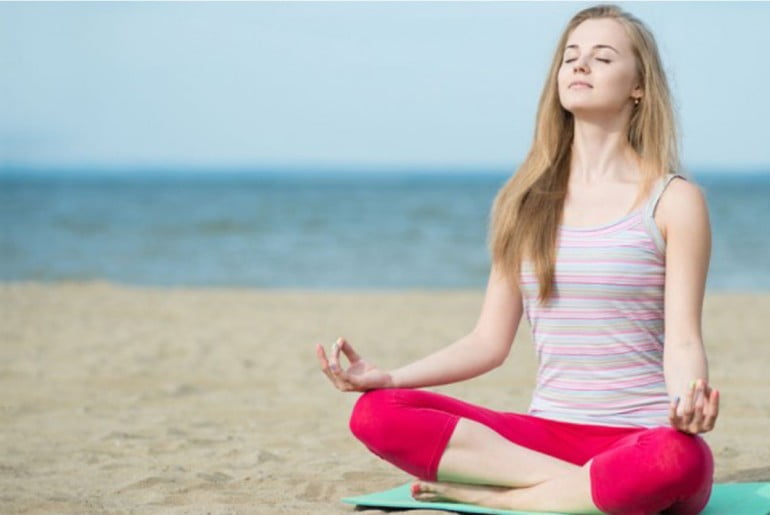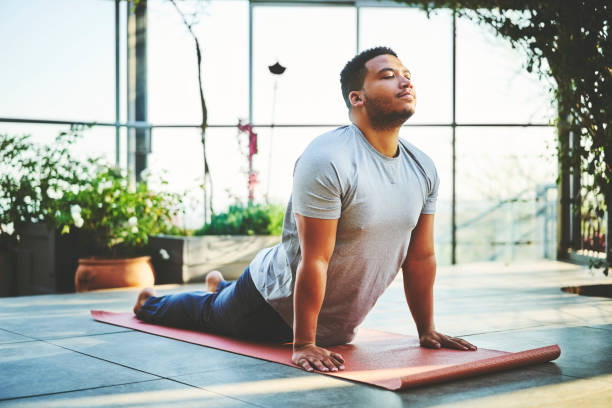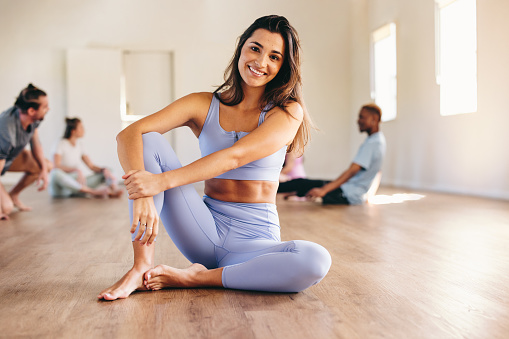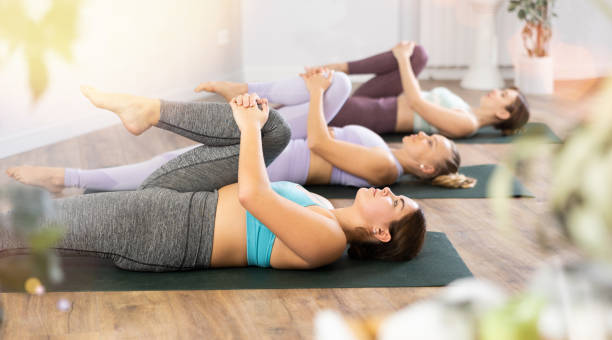
Rheumatism, particularly Rheumatoid Arthritis (RA), is a chronic autoimmune condition that causes inflammation in the joints, leading to pain, stiffness, swelling, and eventual loss of function. Conventional treatment primarily focuses on medication and pain management, but the integration of yoga has shown remarkable results in improving quality of life, reducing inflammation, and promoting mental well-being. This article explores the recovery journey of Mrs. Leela Nair, a 55-year-old homemaker, who successfully managed her condition with a combined approach of medical treatment and yoga therapy.

Table of Contents
Patient Profile:
- Name: Leela Nair
- Age: 55 years
- Gender: Female
- Occupation: Homemaker
- Location: Kochi, Kerala, India
- Diagnosis: Rheumatoid Arthritis (RA)
- Duration of Condition: 6 years
Primary Symptoms Of Rheumatism:
- Morning stiffness lasting more than 1 hour
- Swollen joints (especially in hands, knees, and feet)
- Fatigue and low energy
- Sleep disturbances due to joint pain
- Mild anxiety and emotional distress
Medical History and Treatment:
Diagnosis and Investigations:
- Rheumatoid Factor (RF): Positive
- ESR (Erythrocyte Sedimentation Rate): Elevated
- CRP (C-reactive protein): Elevated
- X-rays showed mild joint space narrowing in hands and knees
Medications Prescribed:
- Methotrexate 15 mg/week – Disease-modifying anti-rheumatic drug (DMARD)
- Folic Acid 5 mg/day – To counteract the side effects of Methotrexate
- NSAIDs (Ibuprofen 400 mg as needed) – For pain relief
- Calcium and Vitamin D supplements – For bone support
- Low-dose Prednisolone (5 mg/day) – During flare-ups
- Probiotic supplement – To support gut health
The Turning Point: Introducing Yoga
The doctor recommended yoga as a complementary therapy to manage chronic pain, reduce inflammation, and improve joint flexibility. Leela was referred to a certified yoga therapist with experience in working with arthritis patients.
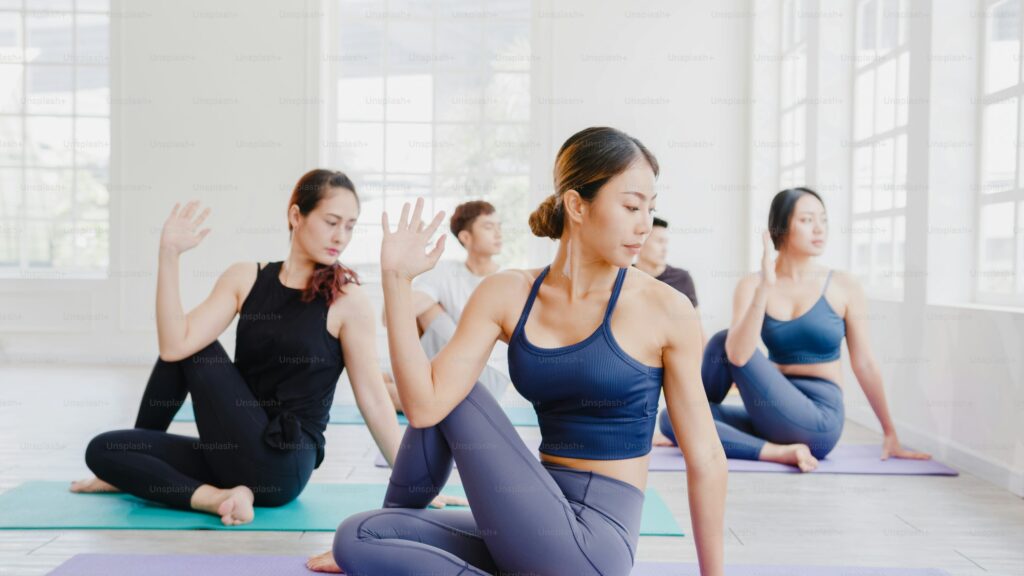
Yoga For Rheumatism Therapy Details:
Goals of the Yoga Practice:
- Reduce joint stiffness and increase range of motion
- Improve muscle strength to support weak joints
- Calm the nervous system and reduce stress
- Enhance sleep and emotional well-being
Customized Yoga For Rheumatism Routine:
1. Warm-Up (10 minutes)
Gentle joint movements to prevent further damage:
- Neck rotations
- Shoulder rolls
- Wrist and ankle circles
- Finger flexion and extension
- Gentle knee bending while seated
2. Asana Practice (25–30 minutes)
All poses were modified to be joint-friendly and pain-free:
Seated or Supported Poses:
- Sukhasana (Easy Pose) – Breathing and grounding
- Tadasana (Mountain Pose) – Standing tall with focus on balance
- Marjaryasana–Bitilasana (Cat-Cow Pose) – Spinal flexibility
- Setu Bandhasana (Bridge Pose) – Strengthens lower back and glutes
- Ardha Matsyendrasana (Half Spinal Twist) – Gentle spinal movement
- Viparita Karani (Legs-Up-the-Wall Pose) – Lymphatic circulation and relaxation
Chair Yoga (used on painful days):
- Modified Warrior and Tree poses using chair support
- Seated forward bends and arm stretches
- Toe tapping and heel lifts for blood flow to the legs
3. Pranayama (Breathing Techniques) – 10 minutes
- Anulom Vilom (Alternate Nostril Breathing) – Balances the nervous system
- Ujjayi Breath – Improves focus, reduces inflammation
- Bhramari (Bee Breath) – Reduces mental fatigue and anxiety
4. Meditation and Relaxation For Rheumatism– 10 minutes
- Guided body scan meditation
- Yoga Nidra (once or twice a week) for deep rest and emotional balance
- Affirmation-based breathing: e.g., “I am healing,” “My body is strong”
Frequency:
- 5 days a week at home (45–60 minutes per session)
- Weekly group session with the instructor for corrections and support
Lifestyle and Diet Adjustments
- Shifted to an anti-inflammatory diet: Fresh vegetables, turmeric, ginger, and omega-3-rich seeds
- Eliminated processed sugar, refined flour, and red meat
- Adopted early dinners (before 7:30 PM)
- Maintained a daily pain and energy journal
- Practiced gratitude journaling to uplift mental state
6-Month Progress Report Of Rheumatism Treatment
Physical Improvements:
- Morning stiffness reduced from 90 minutes to less than 20 minutes
- Swelling in fingers and knees decreased significantly
- Able to walk for 25–30 minutes daily (earlier limited to 5–10 minutes)
- Sleep quality improved; less night-time awakening due to pain
- The medication dose of NSAIDs was reduced by half (under doctor’s supervision)
- Increased flexibility and better posture
Emotional and Mental Changes After Yoga For Rheumatism:
- Reduced anxiety and improved mood
- Gained confidence in managing flare-ups
- Reported feeling more “in control” and “peaceful”
Conclusion:
Rheumatoid Arthritis is a life-altering condition, but it doesn’t have to control your life. As demonstrated by Leela’s case, yoga serves as a powerful adjunct therapy, providing physical relief, emotional resilience, and improved quality of life. Through regular practice and medical support, individuals with rheumatism can regain mobility, manage pain, and live more active and fulfilling lives.
Reference Article:
- Yoga for Arthritis
- Yoga in Rheumatic Diseases
- Yoga for Arthritis Video Series
- Yoga for Treating Rheumatoid Arthritis: A Systematic Review and Meta-Analysis
- Yoga Asanas for Rheumatoid Arthritis Patients: A Stepwise Guide


